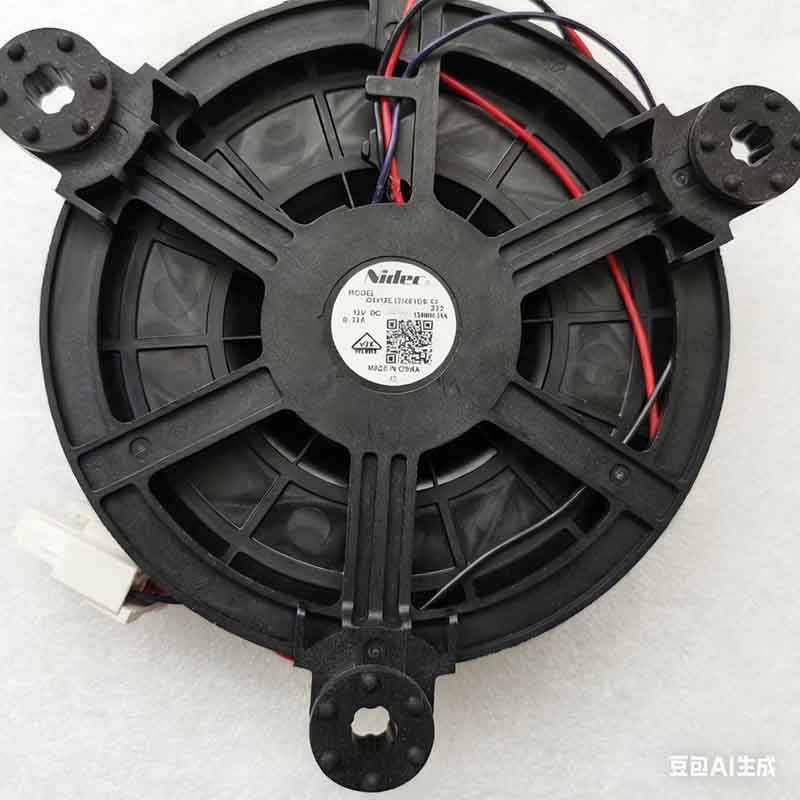DC Blower Fan: An Essential Component for Efficient Airflow Solutions
In the realm of modern equipment cooling and ventilation, the DC Blower Fan (Direct Current Blower Fan) stands out as a compact, efficient, and versatile airflow device. Powered by a direct current (DC) power source, it has become an indispensable component across a wide range of industries, thanks to its unique performance advantages and adaptability.
Core Working Principle
At its heart, the DC Blower Fan operates on a straightforward yet effective mechanism. An electric motor, energized by DC power, drives the rotation of an impeller. As the impeller spins, it creates a pressure difference: it draws in ambient air from the inlet and accelerates the airflow, which is then forced out through the outlet in a focused, steady stream. This process ensures reliable and consistent air supply for various applications.
Basic Structural Composition
A typical DC Blower Fan consists of four key parts that work in synergy:
• Motor: The “power core” that converts electrical energy into mechanical energy to drive the impeller.
• Impeller: The rotating component responsible for air suction and discharge, with its design directly influencing airflow efficiency.
• Housing: The outer shell that guides airflow direction, reduces noise, and protects internal components.
• Control Circuit: Enables precise regulation of the fan’s speed and airflow by adjusting the input voltage or current.
Key Advantages
Compared with traditional AC fans, DC Blower Fans boast several notable strengths:
• Energy Efficiency: They consume less power while delivering equivalent or higher airflow, making them ideal for energy-saving scenarios.
• Low Noise Operation: Their optimized structure and stable rotation minimize operational noise, suitable for noise-sensitive environments like indoor electronics and medical equipment.
• High Controllability: By modifying the DC input parameters, users can easily adjust the fan’s speed and airflow volume to match specific needs.
• Compact Size: With a space-saving design, they can be installed in equipment with limited space, such as small electronic devices and industrial robots.
Wide-Ranging Applications
The versatility of DC Blower Fans has led to their widespread use in numerous fields, primarily for cooling and ventilation to ensure stable equipment operation:
• 5G Communications: Cools high-power 5G base station components to prevent overheating and maintain signal stability.
• AI and Electronics: Provides heat dissipation for AI servers, data centers, and precision electronic devices like laptops and routers.
• Green Energy: Assists in temperature control for solar inverters and energy storage systems.
• Industrial Robotics: Cools the internal circuits and motors of robots to extend their service life.
• High-End Home Appliances: Enhances ventilation and heat exchange in products like smart refrigerators, air purifiers, and range hoods.
Main Technical Parameters
When selecting a DC Blower Fan, key technical parameters should be considered to meet specific application requirements:
• Operating Voltage: Common options include 5V, 12V, 24V, and 48V, matching the power supply of different devices.
• Dimensions: Available in various sizes (e.g., 30mm×30mm, 75mm×75mm×30mm) to fit different installation spaces.
• Bearing Type: Choices between ball bearings (for longer lifespan) and sleeve bearings (for lower cost and noise).
• Protection Level: Typically reaches IP54 or IP55, ensuring resistance to dust and water splashes for use in harsh environments.
In summary, the DC Blower Fan combines efficiency, controllability, and compactness, making it a vital solution for modern airflow and heat management needs. As technology advances in industries like 5G, AI, and green energy, its role in supporting equipment reliability and performance will only grow more significant.




